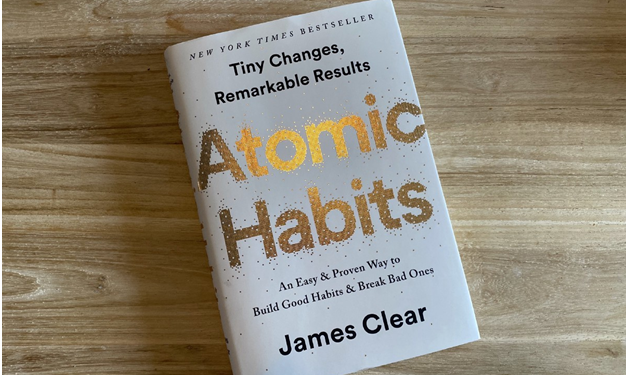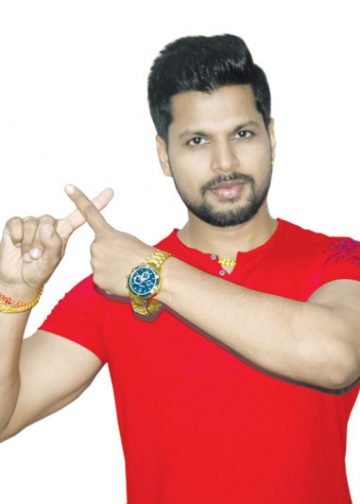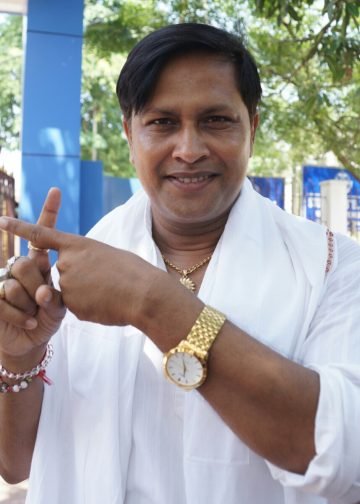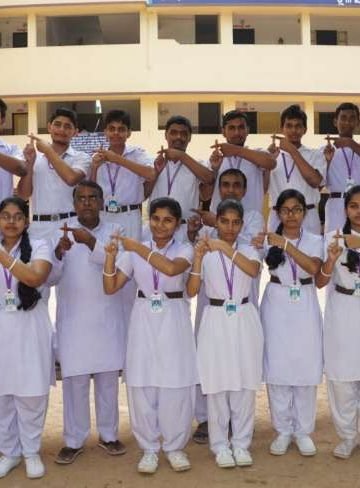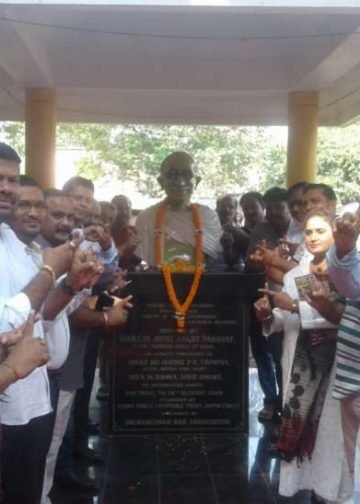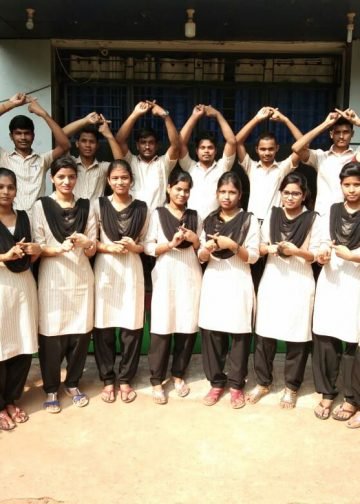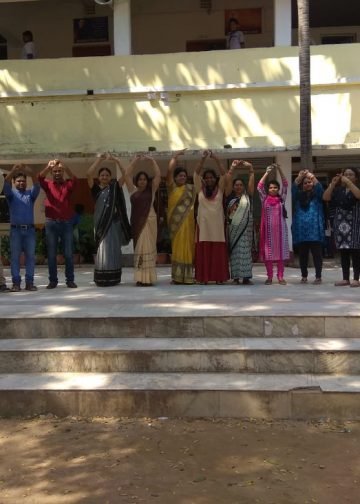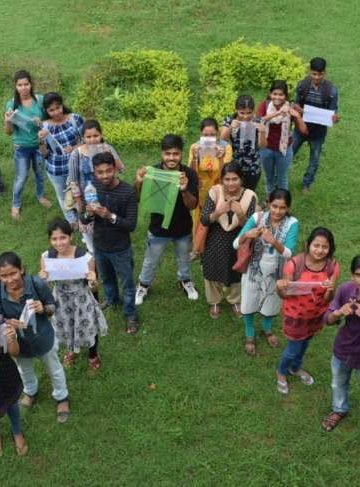Dhanada K Mishra
When my host Federico Giovanni, a fifty-something, tall, athletic, and handsome Italian offered to take me cycling about four months ago, I was sceptical, not without reason. The beautiful Sai Kung country park in the New Territories in Hong Kong is a scenic haven for cyclists, hikers, trekkers alike. But unlike Federico, although of similar age, my fitness level was nothing to write home about. The cycling route involved many steep uphills and distances of tens of kilometres. I wasn’t sure if I was up to the challenge.
The last year of the pandemic has been devastating for most of the world, to say the least! Hong Kong has been somewhat of an exception in that it didn’t have to clamp a total or even partial lockdown at any point in time. However, it had borne the brunt of the global calamity having to impose precautionary restrictions on international travel, restaurants, bars, gyms that have restricted business and life to a large extent. The economy of Hong Kong is dependent on travel, tourism and international commerce have seen a significant slow down following on from the similar impact of the pro-democracy movement-related protests a year earlier. It has been a period when most people have experienced major changes – mostly negative. Fortunately for me, the two new acquisitions have been entirely positive – cycling and learning the basics of Indian classical music.
Before starting cycling seriously, I was well above the upper end of the normal weight range for my height. My Body Mass Index (BMI calculated as weight in kg divided by the square of height in metres) was about 27.5 while the healthy BMI range is from 18-24. At that time, my exercise regime consisted of long walks and weekend trekking and the occasional game of badminton or basketball at the university gym. It kept me reasonably fit but didn’t bring my weight down despite my vegetarian and frugal diet. It’s that stage of life (on the wrong side of fifty!) when one starts to hear the footsteps of chronic health issues – cholesterol, blood pressure, sugar that have thankfully remained at bay so far. Then one afternoon about a year ago, I felt breathless as I went for a casual jog on the road uphill. Cycling looked daunting looking at the meandering steep roads of Sai Kung country park!
Then I came across a remarkable book ‘Atomic Habits’ by James Clear. Two stories inspired me in the book. The first was that of the author himself who survived a terrible near-fatal accident in 2002 when a baseball bat slipped out of the hands of the batter and crashed into his face. After recovering from a medically induced coma with a broken nose, multiple skull fractures, damaged eyes, James went on not only to make it to the University Baseball team but also made it to the All American team of his senior year while earning academic honours at the same time. The other was the story of the remarkable recovery of the British Cycling team which had won only one Gold medal in the Olympics since 1902. On top of that, no British cyclist had ever won the Tour de France. It all changed starting in 2003 with the hiring of Dave Brailsford as the performance director. By the time of the Beijing Olympics in 2008, the British cyclists won 60 per cent of all the gold medals on offer. At the London Olympics of 2012, they set nine Olympics records and seven world records. Between 2007 and 2017 British cyclists won an astounding five Tour de France victories. From a team that cycle manufacturers had refused to sell their bicycles to for fear of being associated with mediocrity, they had come a long way!
The secret behind both these inspiring stories – one on a personal level and the other across a national sports team was attributable to what James Clear called the power of Atomic Habits or otherwise known as the aggregation of marginal gains. In the case of James, his desire to get back on the baseball team made him adopt several habits on his long road to full recovery that helped him excel both in his chosen sports and academics. On the other hand, the dogged pursuit of tiny improvements (sometimes called 1 per cent rule) is everything a British cyclist did; be it adjusting the seats to perfection or rubbing alcohol on the tires for better grips or using sensors to monitor performance showed remarkable results as they added up over time. Contrary to the popular notion that big success requires big effort, in most cases, it comes from small but repeated efforts to improve. In the words of the author, there is no such thing as an overnight success!
Prof Kiran Seth, founder of SPIC MACAY, often gives the example of how a continuous drop of water can make a hole in a stone but the same amount of water poured at once will not be able to make even a mark. Faced with the daunting challenge of learning to bicycle with experienced and almost professional cyclists who were much fitter than me was a great opportunity for me to test this principle. Indeed, starting with my awkward first steps when I could barely ride a few kilometres without running out of energy and breath, with consistent incremental improvement, I have been able to come a long way to at least ride up to 60-70 km at a reasonable clip with my co-cyclists. As a result, I have managed to lose about 10 kg of excess baggage in the form of unnecessary fat with my BMI at a healthy 24. My experience with learning to sing for one who was considered tone deaf has been something similar – a topic for another article.
James Clear didn’t go on to become a professional baseball player although he was among the best at the university level. What the power of atomic habits did for him was to fulfil his potential. I have no illusion of becoming a top cyclist, but I am confident of being able to use cycling to keep myself fit and fulfil my potential. If I can do it I am sure and so can every one of you.
The author is a civil engineering professor on leave from KMBB College of Engineering under the Biju Patnaik University currently based in Hong Kong. He can be reached at dhanadam@gmail.com

